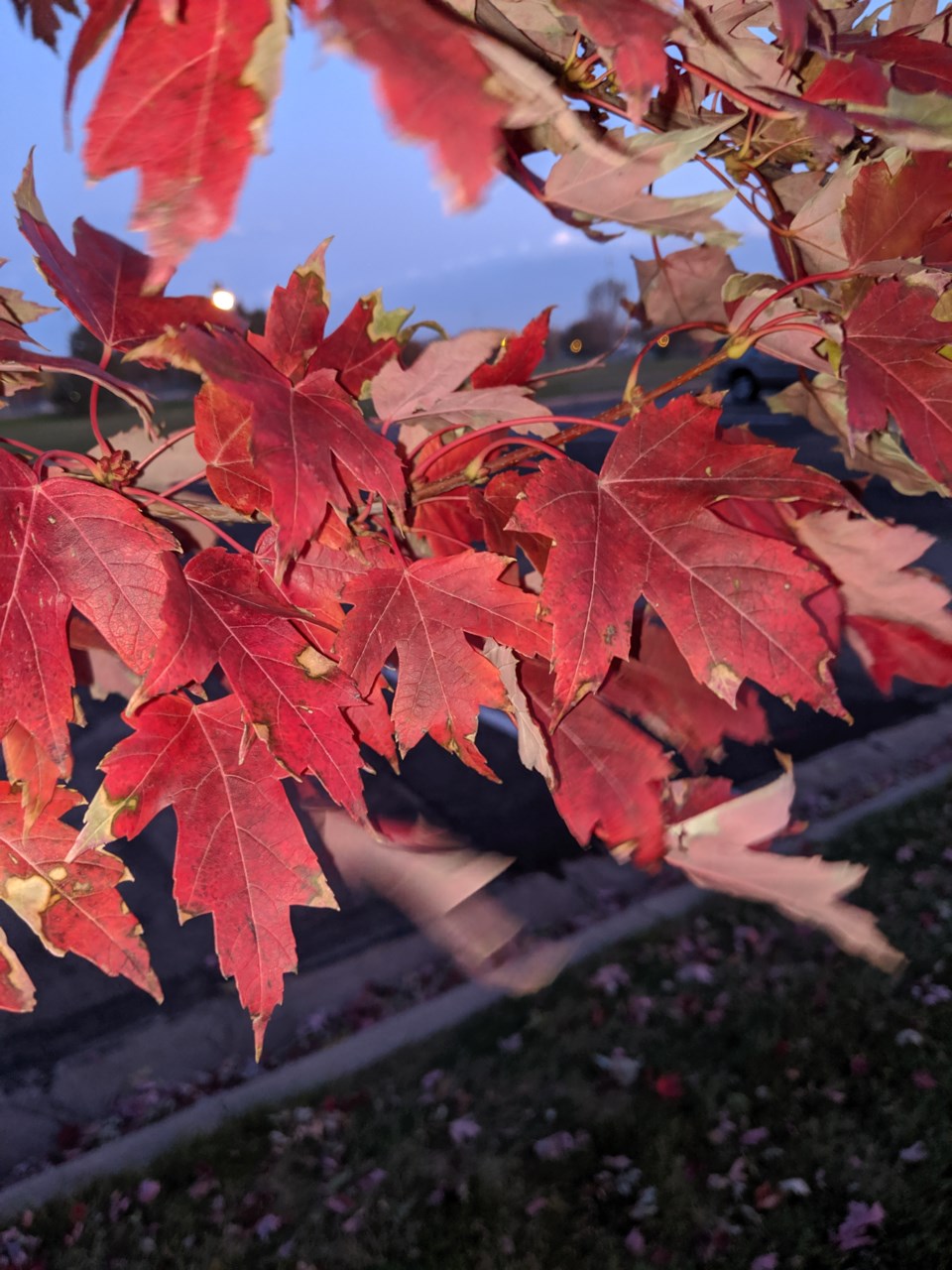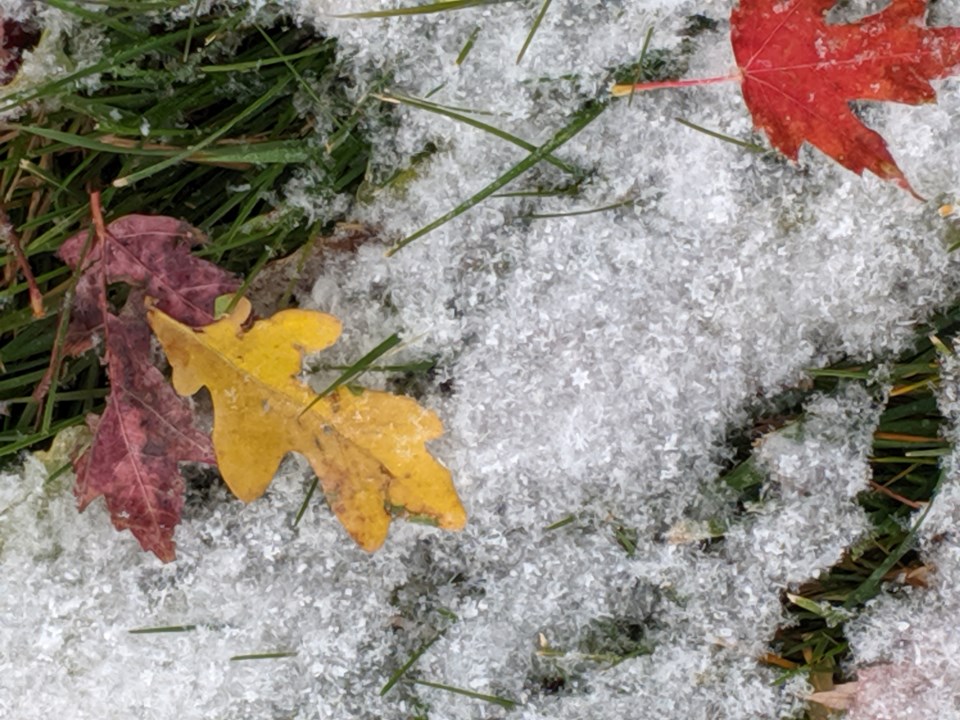Fall is finally here and the leaves are all changing color and putting on a spectacular show. But have you ever wondered why leaves change colors and what determines what color a leaf will be in the fall?
During the summer, leaves are busy making food in cells that contain the green pigment chlorophyll. Chlorophyll turns carbon dioxide and water into carbohydrates trees can use for food. Although there are other pigments present in leaves during the summer, they get masked by the chlorophyll because there is so much of it.
When fall rolls around, the days get shorter and the temperatures get cooler. This signals trees to stop making food and to prepare for winter. Because the chlorophyll is no longer needed to make food for the tree, it breaks down, which allows other pigments to show through.
There are four main types of pigments in leaves according to the National Oceanic and Atmospheric Administration’s Scijinks website. These are: chlorophyll (green), xanthophylls (yellow), carotenoids (orange) and anthocyanins (red). The xanthophylls and carotenoids are already present in the leaves during the summer. In addition to chlorophyll breaking down and allowing other pigments to show through, leaves in the fall may go through chemical processes that make other pigments called anthocyanins. These give plant leaves a red color, but are only made under certain conditions. The mixture of chlorophyll with the other pigments determines the final color, so some plants may only have yellow leaves in the fall while others appear brown.
Both temperature and cloud cover can influence how brilliant the red colors will be in any given fall, according to the Wisconsin Environmental Education for Kids website. If the fall is warm with cool nights that stay above freezing, red colors will be especially brilliant. The anthocyanins actually have a protective effect for the tree. In the fall, leaves produce a lot of sugar. Because the nights are colder, the sugar has trouble flowing from the leaf veins into the branches and trunk of the tree (more on that below). The sugar combines with sap in the leaves to form anthocyanins, which appear red.
What is the purpose of these pigments in leaves other than to put on a show for us every fall? According to EarthSky, the pigments may act as a sort of sunscreen during the summer. Too much sun can cause leaves to become burned, stressing out the tree and potentially causing death. Other scientists think the colors may have evolved as a way to attract insects that are now extinct. Still others think the bright colors may have served as a warning sign to insects to stay away.
 Photo by Christi Yoder
Photo by Christi YoderThe color a tree’s leaves turn will depend on what species it is. Not all trees produce enough anthocyanin to turn leaves red. Here in Colorado, for example, aspens specialize in the yellow pigments leading to the golden mountainsides during the fall. As you take in the fall colors, remember the process the tree is going through to put on this show for you.
The thoughts and opinions offered in this column are intended for entertainment and informational purposes only. Use of this column is not intended to replace or substitute for any professional, financial, medical, legal, or other professional advice.
***
The Longmont Leader accepts contributions, photos, and op-eds for publication from community members, business leaders and public officials on local topics. Publication will be at the discretion of the editor and published opinions do not represent the views of The Longmont Leader or its staff. To submit a contribution, email [email protected].


